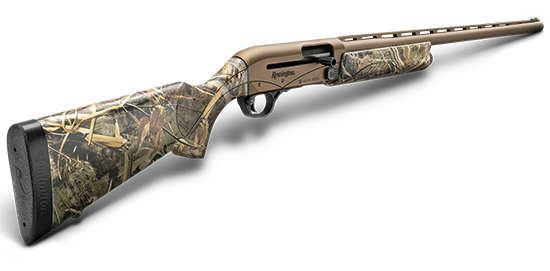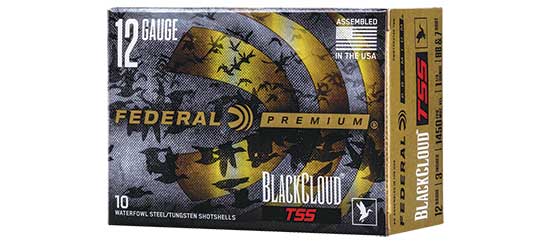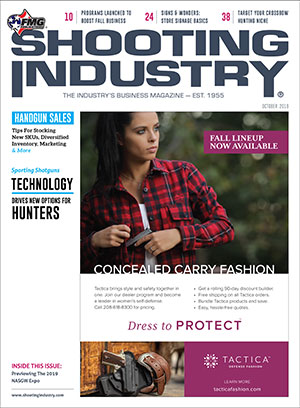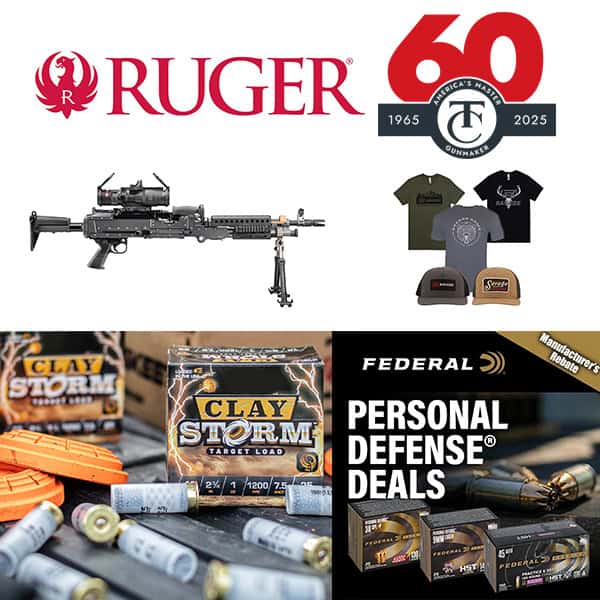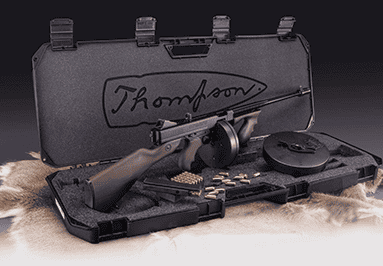Entry Level vs. High End
Another change Duda has seen in the sales of sporting shotguns is a widening gap between economical guns and high-end guns.
“There seems to be a pretty large rift between inexpensive and expensive options,” he opined. “There’s not a lot of middle ground. If you take the Benelli Super Black Eagle, the Remington VERSA MAX Waterfowl Pro and the Beretta A400 Xtreme, they’re all $1,400 and up. Then there’s kind of a void until you drop down to the Stoeger line or the other 3.5" guns. I think guys are either saving their pennies much longer, or they’re sitting on the shotgun they have because they want a new one but they can’t always justify to the accountant in the family they need to go buy a new shotgun when it’s $1,600 or $1,700.”
Rocky Mountain Shooters Supply has upped their game marketing this segment of their business.

